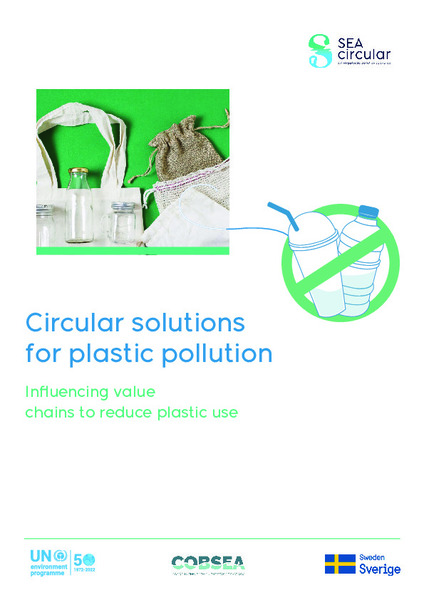| dc.contributor | Ecosystems Division | en_US |
| dc.contributor.author | United Nations Environment Programme | en_US |
| dc.date.accessioned | 2022-07-08T06:49:22Z | |
| dc.date.available | 2022-07-08T06:49:22Z | |
| dc.date.issued | 2022-07 | |
| dc.identifier.uri | https://wedocs.unep.org/20.500.11822/40337 | |
| dc.description | This good practice case study is part of a series of knowledge products developed by the SEA circular project
to showcase exemplary market-based solutions that bring about transformational changes in the way plastic
is managed in the value chain. This series captures circular economy approaches, ranging from innovative
business models to behaviour change initiatives, to address plastic pollution. These approaches form part of
the SEA circular project’s “circularity framework for the plastic value chain”. | en_US |
| dc.format | Text | en_US |
| dc.language | English | en_US |
| dc.rights | Public | en_US |
| dc.subject | plastic waste | en_US |
| dc.subject | recycling | en_US |
| dc.subject | circular economy | en_US |
| dc.title | Circular Solutions for Plastic Pollution: Influencing Value Chains to Reduce Plastic Use | en_US |
| dc.type | Factsheets, Infographics and Brochures | en_US |
| wd.identifier.sdg | SDG 3 - Good Health and Well-Being | en_US |
| wd.identifier.sdg | SDG 14 - Life below Water | en_US |


